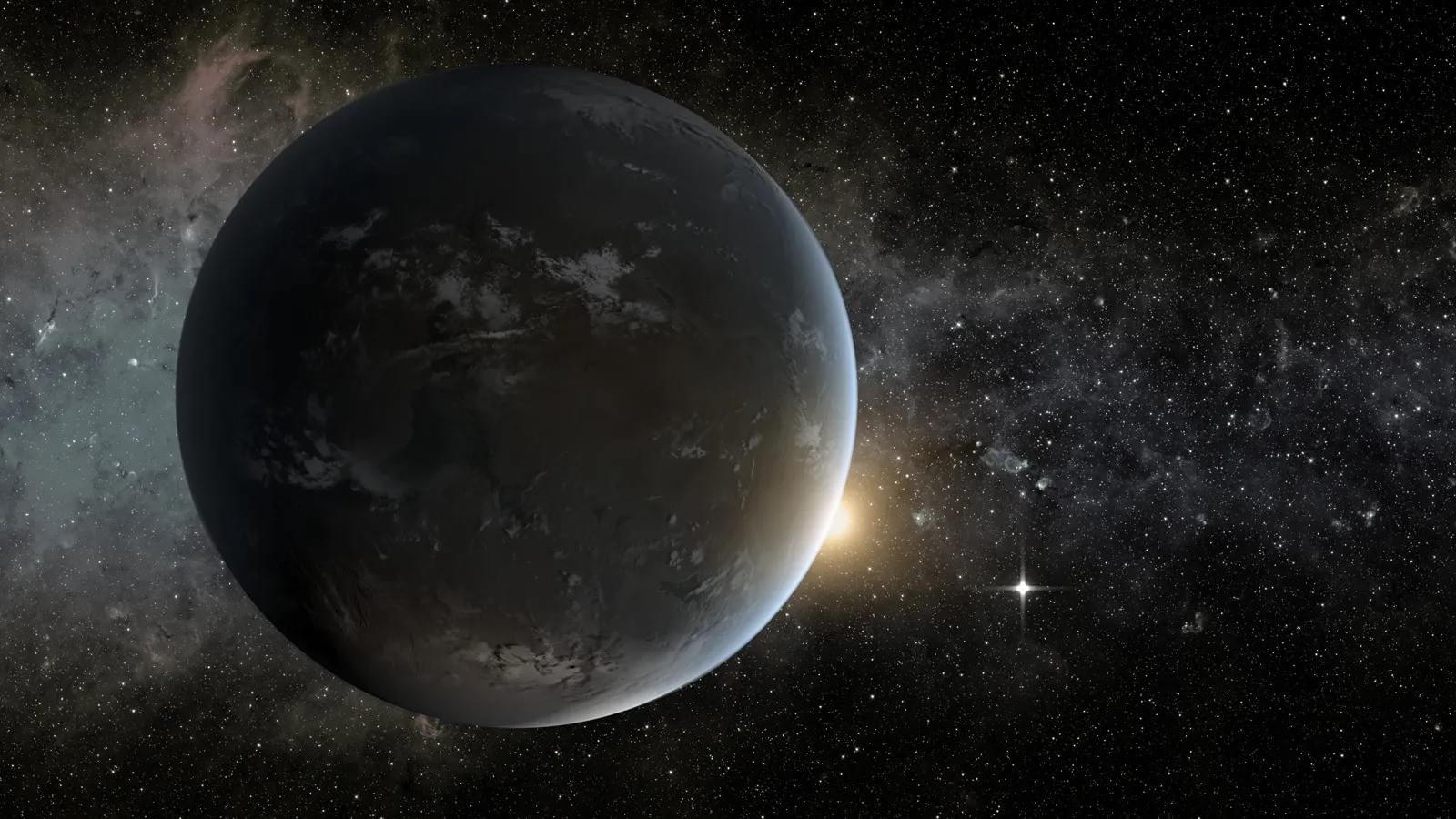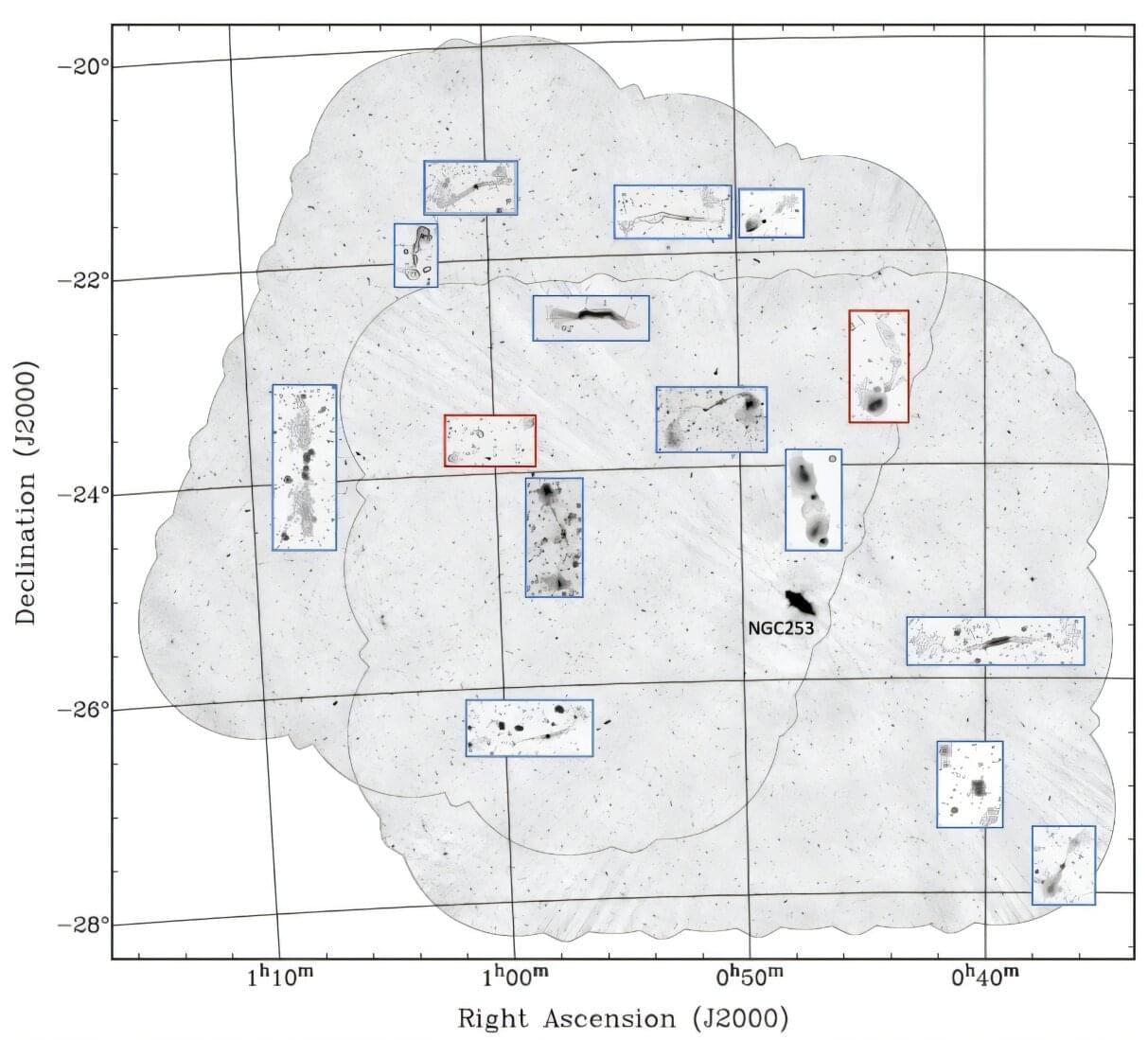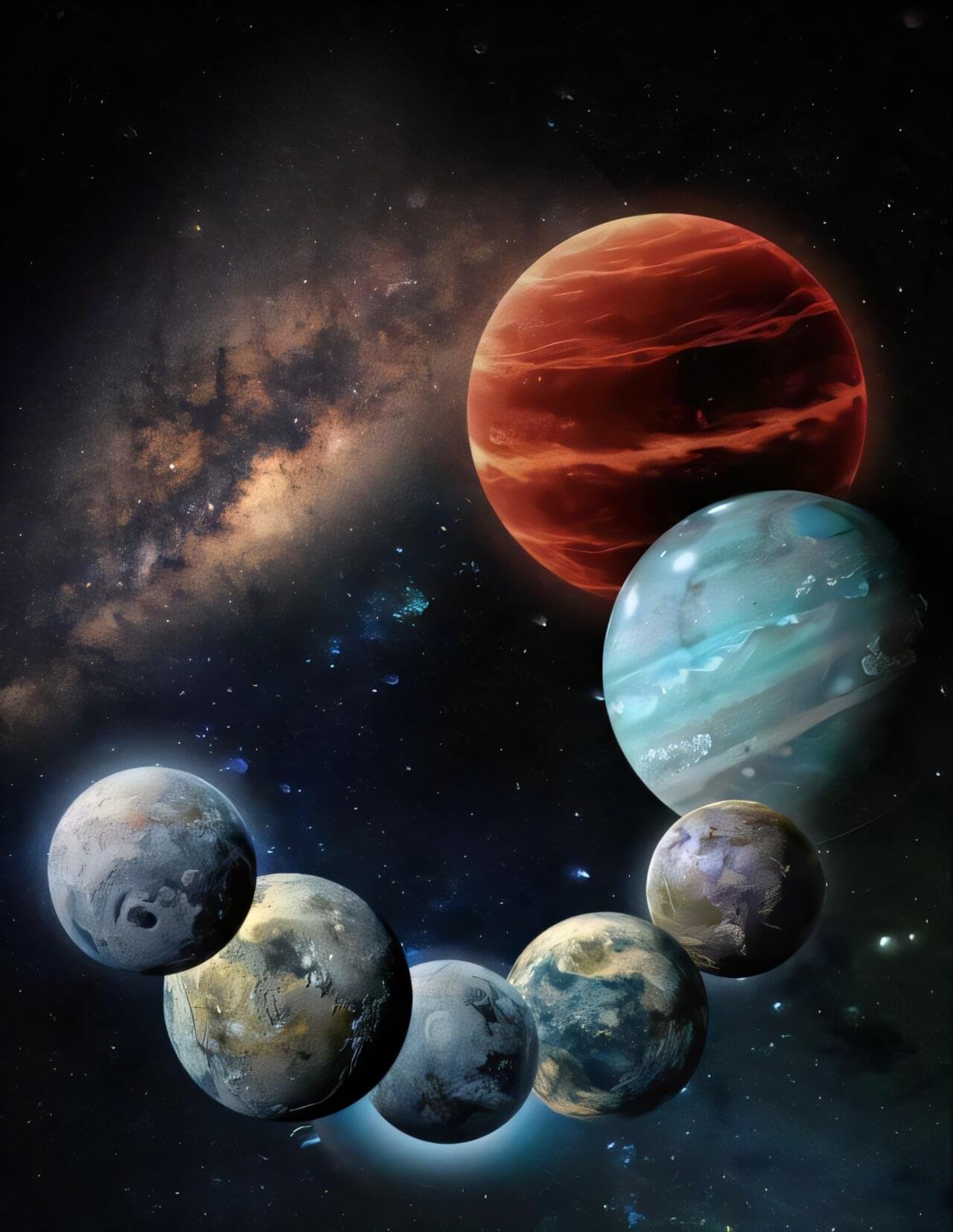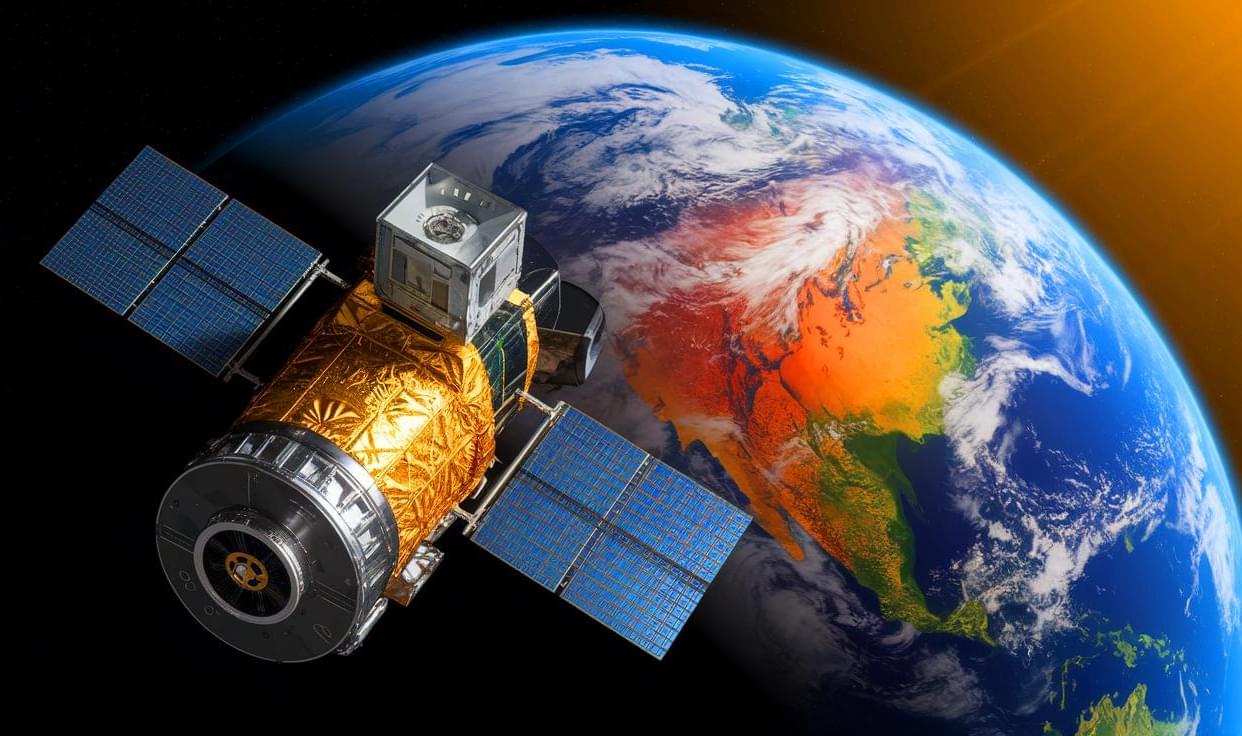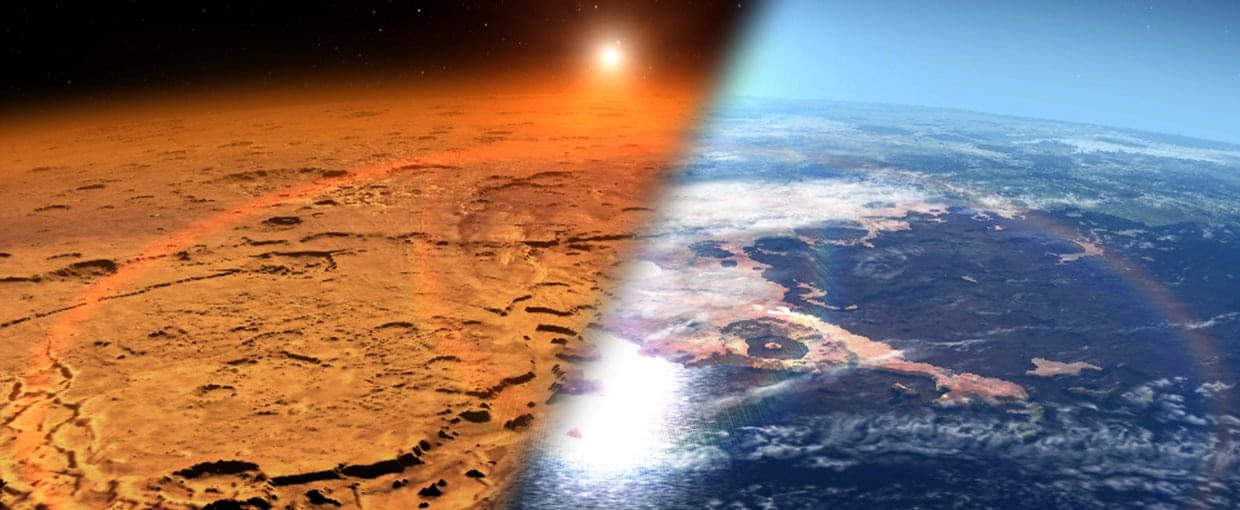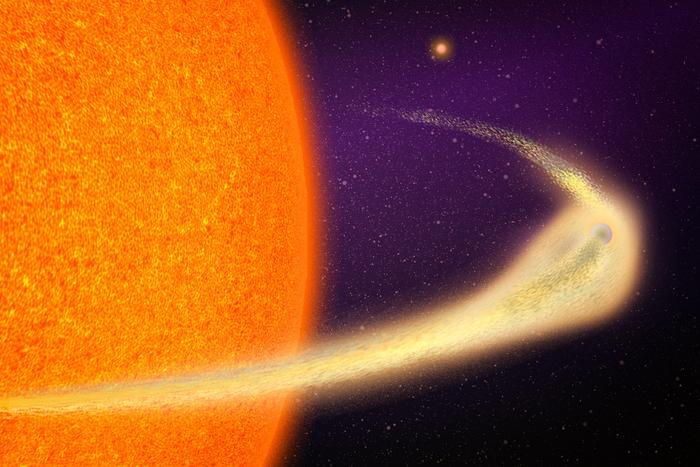Despite its uniquely rich inventory of organic molecules, Saturn’s largest moon, Titan, may be able to support only a minuscule amount of biomass, if life exists on the moon, according to a study using bioenergetic modeling.
Titan, Saturn’s largest moon, is a strange, alien world. Covered in rivers and lakes of liquid methane, icy boulders and dunes of soot-like “sand,” its topography has long fascinated scientists and invited speculation on whether lifeforms might lurk beneath the moon’s thick, hazy atmosphere.
An international team of researchers co-led by Antonin Affholder at the U of A Department of Ecology and Evolutionary Biology and Peter Higgins at Harvard University’s Department of Earth and Planetary sciences set out to develop a realistic scenario of what life on Titan might look like if it does exist, where it is most likely to occur and how much of it might be present.


